The Atacama Large Millimeter/submillimeter Array (ALMA) telescope has revealed huge streams of gas crossing a gap in the disc of matter orbiting a young star—a hypothesized stage in the formation of giant planets like Jupiter and Saturn.
Called HD 142527, the star is more than 450 light-years away. It is surrounded by a dusty disc of gas with inner and outer sections separated by a gap, probably created by a young gas giant planet circling the star.
Astronomers theorize that such planets grow by absorbing gas from the outer disc, via streams of gas that form bridges across the gap.
ALMA showed gas scattered throughout the gap with two denser streams moving from the outer part of the disc to its inner part.
“We think that there is a giant planet hidden within, and causing, each of these streams,” said study co-author Sebastián Pérez at Universidad de Chile in a press release.
“The planets grow by capturing some of the gas from the outer disc, but they are really messy eaters: the rest of it overshoots and feeds into the inner disc around the star.”
The team found that the leftover gas travels into the inner disc at just the right rate to keep the young star fed.
A giant planet, rather than a larger object like a companion star, best explains the residual gas observed in the gap, said the researchers.
“A second star would have cleared out the gap more, leaving no residual gas,” said study co-author Gerrit van der Plas at Universidad de Chile in the release.
“By studying the amount of gas left, we may be able to pin down the masses of the objects doing the clearing.”
It is unlikely such planets will be observed directly as they are hidden by the almost opaque streams of gas.
The study was published in Nature on Jan. 3.
The Epoch Times publishes in 35 countries and in 20 languages. Subscribe to our e-newsletter.
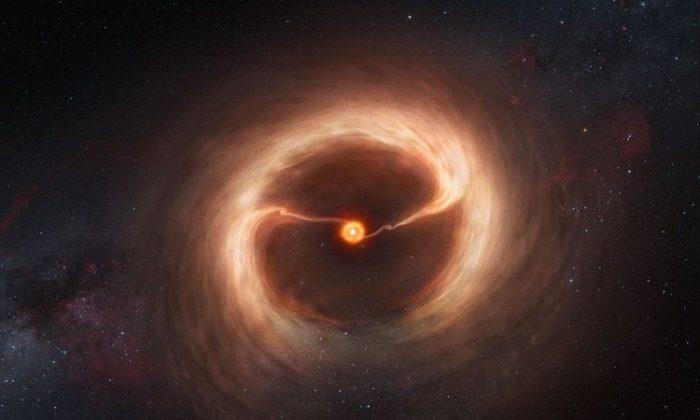
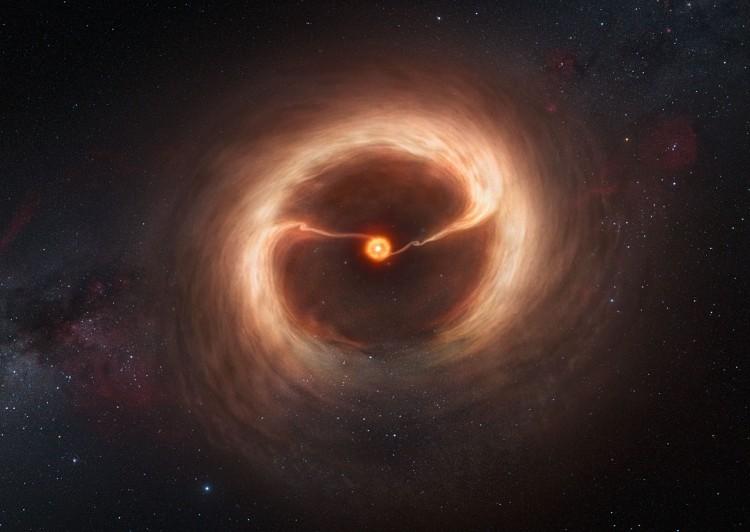
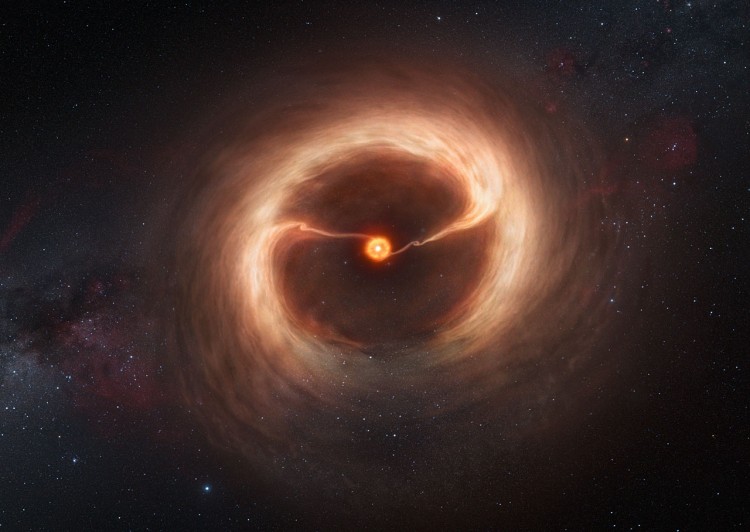
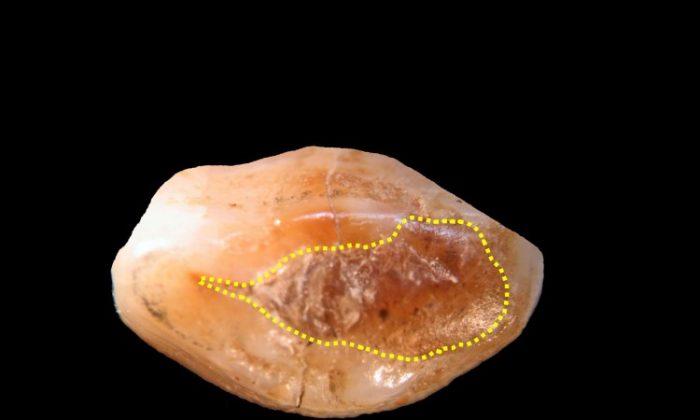

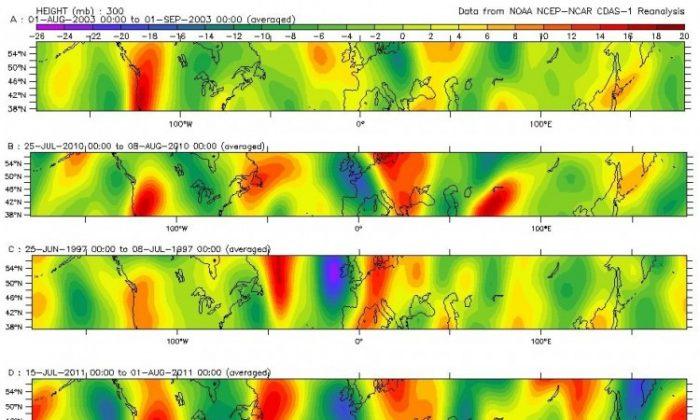
Friends Read Free